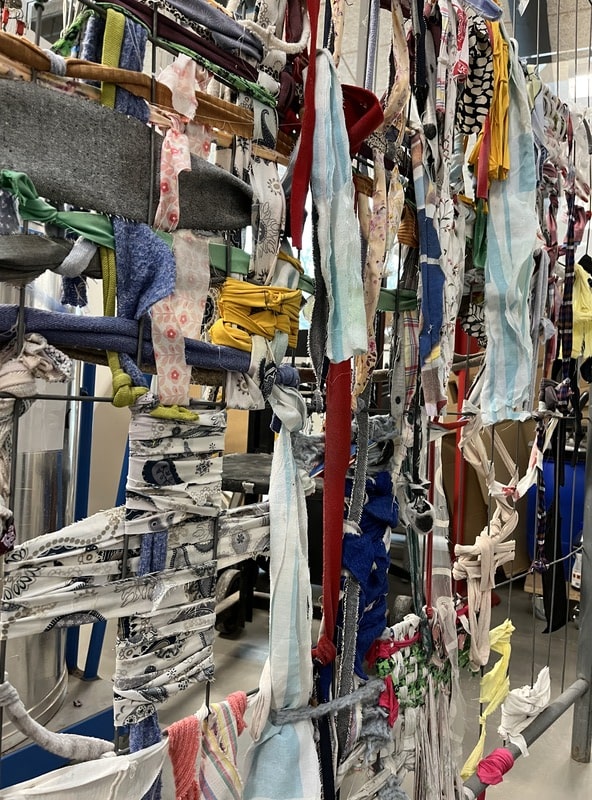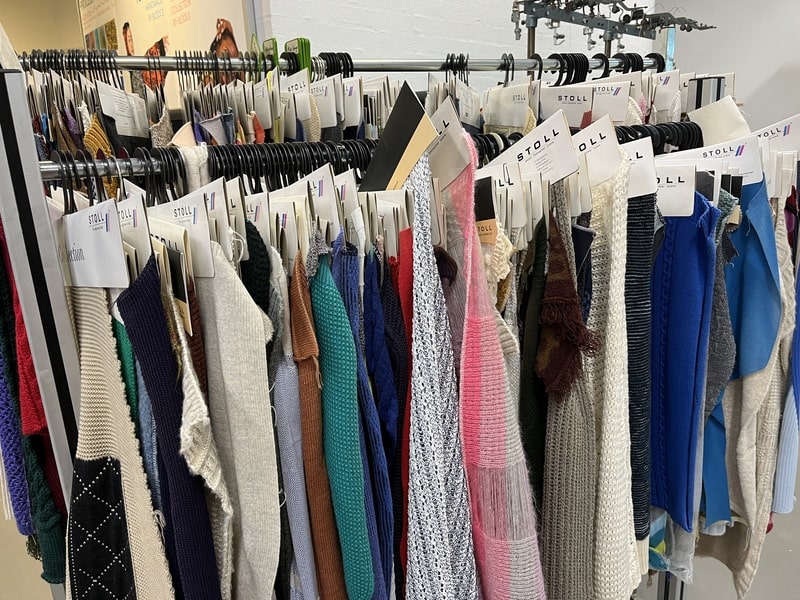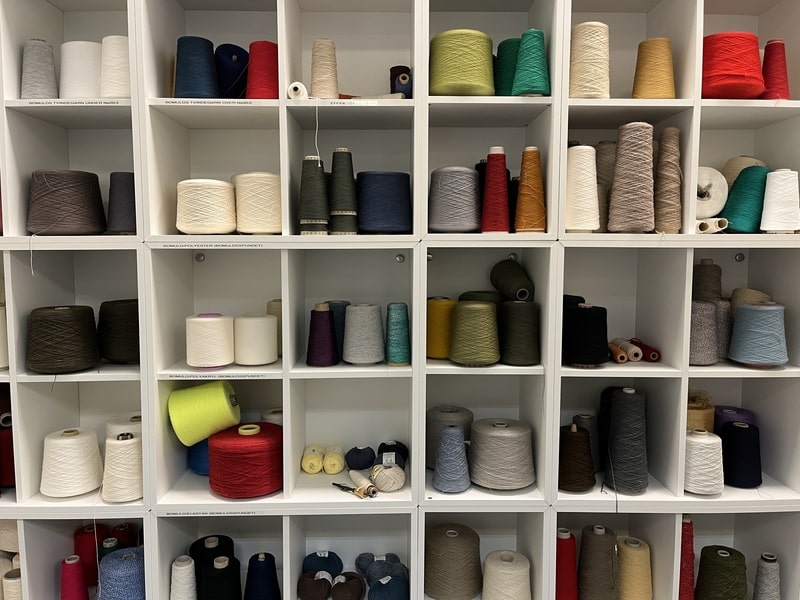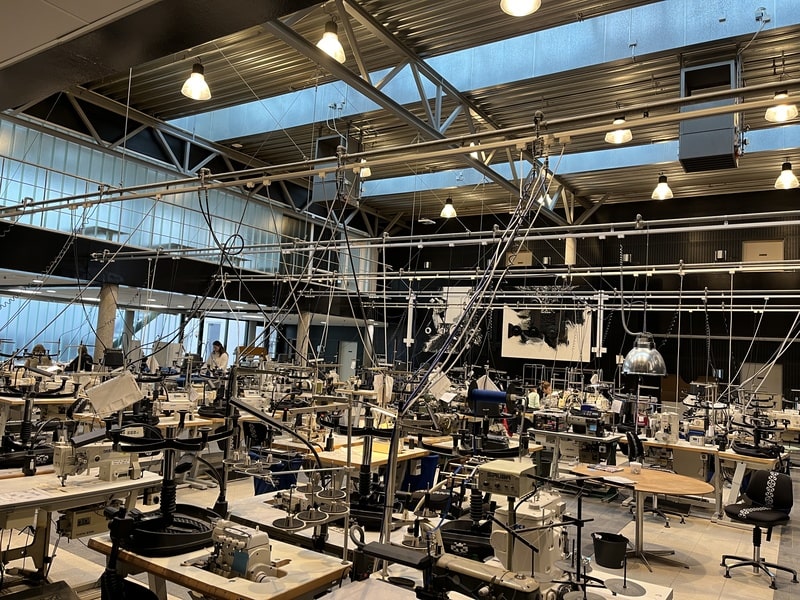Pilot 4: VIA (Central Region, Denmark)
Combining craft with digital technologies for sustainability in garment design and consumer approaches
- Prototyping, Experimentation, Sprints, Users/Consumers
- VIA Research and Development Center for Creative Industries and Professions (CKEP)
Consists of local public authorities, a national association for Fashion & Textiles, a regional co-workspace and catalyst committed to sustainable development, the national innovation cluster Lifestyle and Design (Smart Specialitation Strategy), the Business Development Center supporting SMEs, fAoD and dKoD (national organizations for professional designers, craftsmen, and architects), Danish consumer organization Tænk.
The industrial development of the fashion and textiles industry in the Herning area origins from the 16th century, home home-crafted production was based on knitted wool ware. The region still counts many fashion and textile companies. Design and branding take place in Denmark, while production since 1980 is outsourced to the far East and to Eastern and Southern Europe. The sector is a strong player in the region, including SMEs, higher education, sectors organizations, municipalities, and associations. A strategy support by local authorities and the industry acknowledges and supports CCSI role in the green transition.
- To use craftsmanship to push technology boundaries and experiment and prototype for sustainable development. Activities will include:
- Develop an entrepreneurial living-lab community, where sustainable innovation in circular garment design is tested and demonstrated, supported by textile construction, applied as print, dye, embroidery, weaving, knitting, and further supplemented by (virtual) 3D design, body scanning and virtual production.
- Wet and dry test of fibers and textiles, and user tests by eye motion, eye tracking.
- Involve students in prototyping, scenario building, and developing novel products and processes.
- Technology transfer for a transition to mass-customised fashion (to lower over-production and under-use)
- Promote a model for circular and sustainable design of garments to regional SMEs and microcompanies
- Investigate the consumer side of the green transition, addressing sentiments and (gender) identities, analysis of consumers’ reception of new technologies, of slow and on-demand, fashion, repurposing, and the right to repair.





